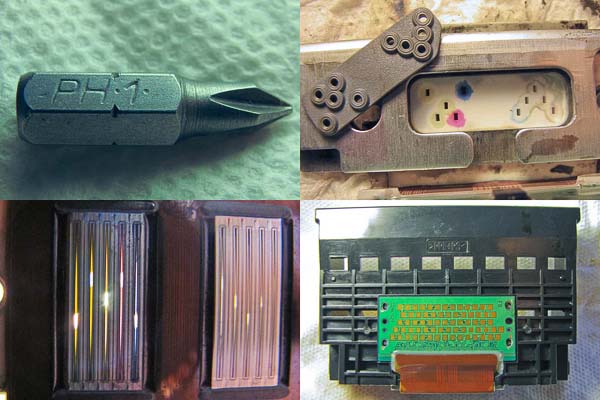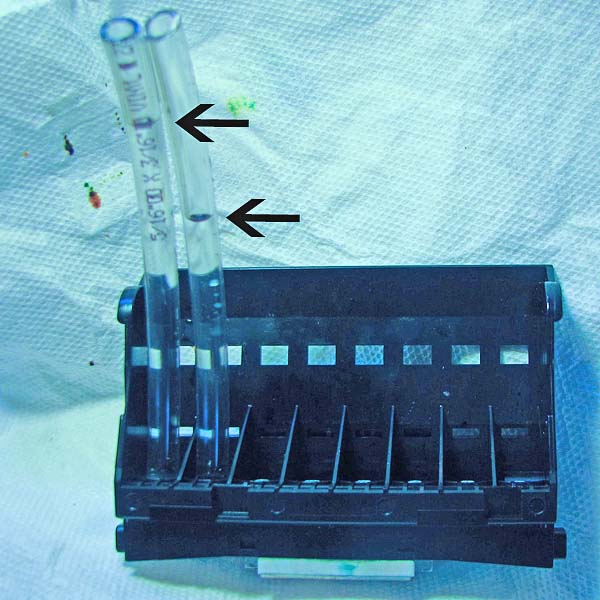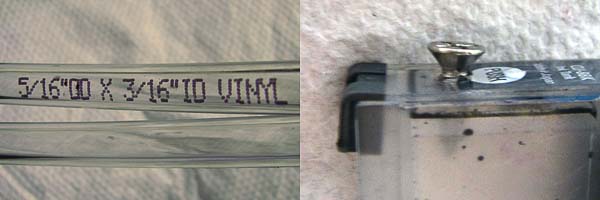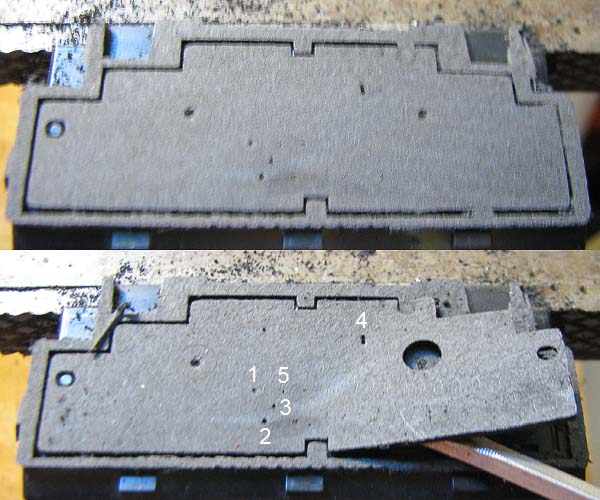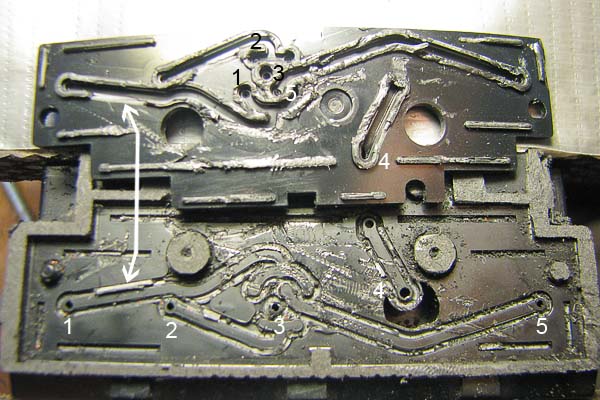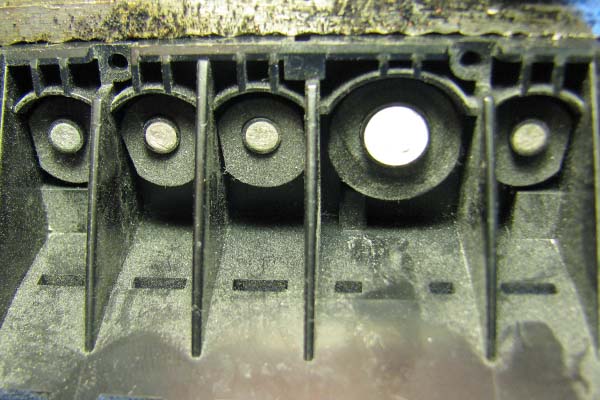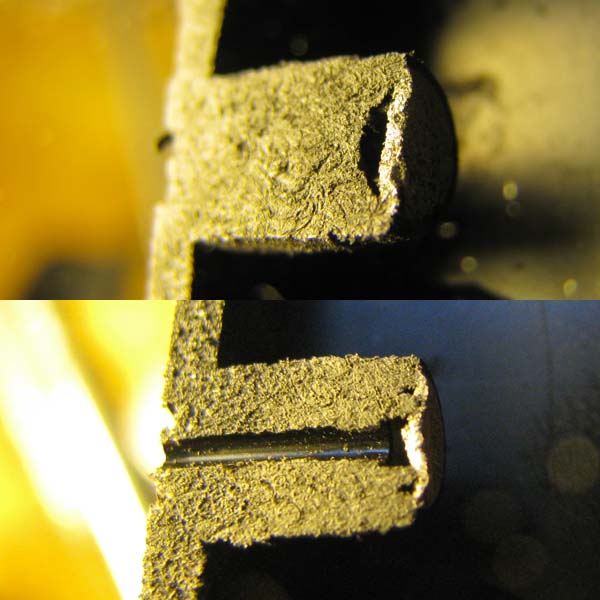Here is an article on How-To: Make a surface mount soldering iron for $20 using part from Radio Shack and pet storeJerry1111 said:It must have been long time ago. Now everything (inlcuding BGAs) can be done on (almost) everyone's desk. A bit of patience, a lot of practice and good flux ;-)Trigger 37 said:If anyone out there ever has this type of PH problem, I totally discourage you from even attempting to remove and replace the decoder chip on the back of the PH. This is Surface Mount Technology and the spacing of the solder pads are in the 7-10 mil range which is virtually impossible unless you have Surface mount desoldering and Wave soldering technology. You are just waisting you time. One of my first jobs in Senior Management at IBM was to fund and develop a Surface Mount manufacturering plant in Charlotte, NC. It took over $300 million to get it right. It was a lot of fun.
As to the price of assembly line - electronics tend to get 50% cheaper every 2-3 years, so you can estimate how much it would be now - really not so much (probably because with ~$150m you've hit and solved a lot of problems which are not repeated any longer!).
I'd be happy to resolder the chip, but my printhead is still printing.
Best Regards,
Jerry1111
PS: Don't want to start a flame. I'm just stating the facts ;-)
http://www.engadget.com/2006/03/07/how-to-make-a-surface-mount-soldering-iron

